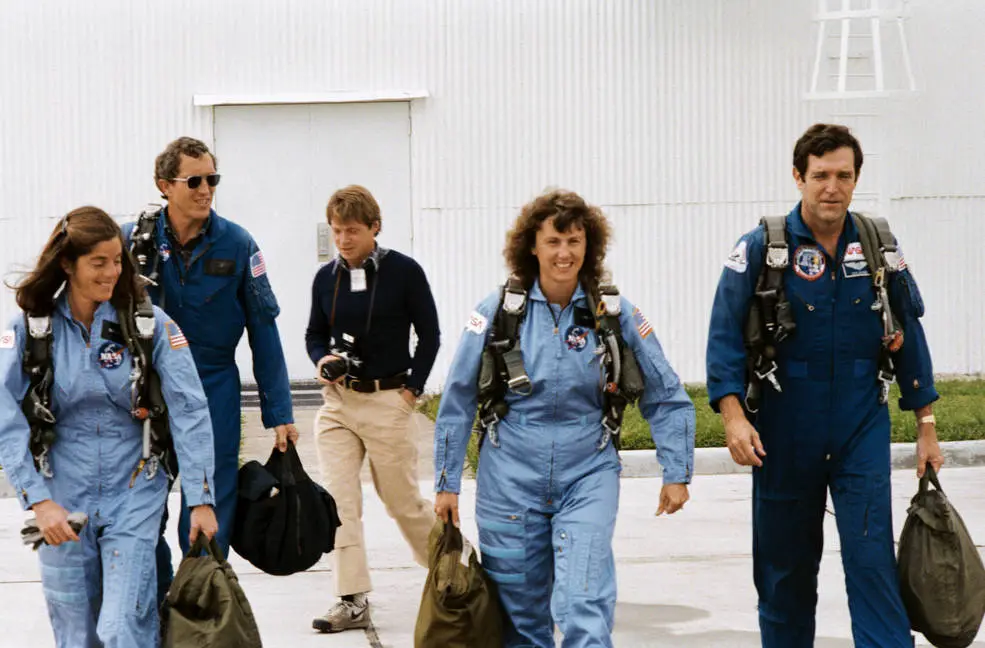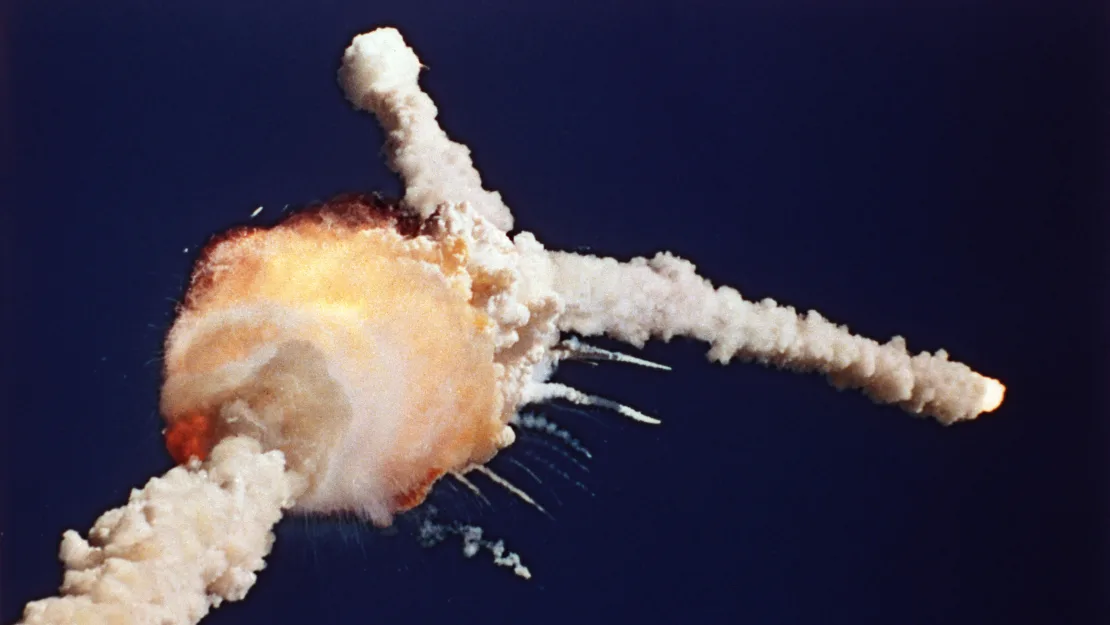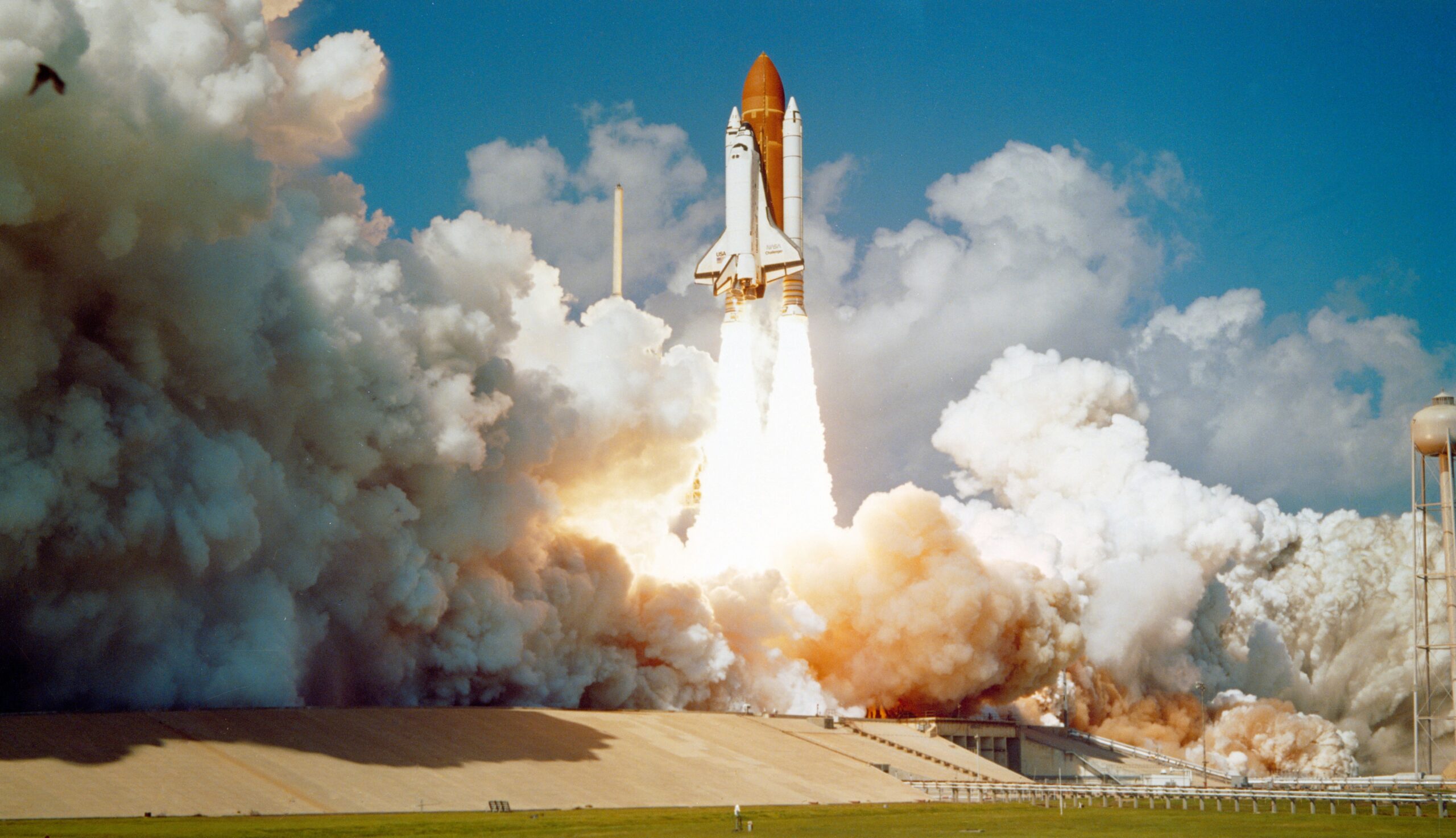Responsibilities

Image courtesy of NASA
The Challenger disaster fundamentally altered how NASA approached space exploration, with far-reaching consequences for astronaut safety, space policy, and the future of the Space Shuttle program.
Changing NASA’s Safety Culture

Image courtesy of Bruce Weaver/AP
In the aftermath of the disaster, NASA was forced to confront its responsibilities and adopt significant changes in how it approached safety. The Challenger tragedy revealed the importance of a safety culture within NASA where transparency, accountability, and the open exchange of information is prioritized.
NASA had a responsibility to ensure the safety of its astronauts. This responsibility extended beyond just the crew. It also involved protecting public trust in space programs and ensuring that safety was never sacrificed for the sake of maintaining launch schedules. However, the Rogers Commission investigation revealed that NASA leadership ignored safety warnings due to pressure to meet deadlines and maintain public support for the Space Shuttle program. The decision to proceed with the launch, despite known risks, represented a failure in NASA’s duty of care to its astronauts and the public.

Image courtesy of UT Austin
" Make your life count – and the world will be a better place because you tried."
- Ellison S. Onizuka, Challenger Astronaut
The Challenger disaster also highlights a broader ethical debate in science and technology: How much risk is acceptable in the pursuit of progress? Space exploration is inherently dangerous, and astronauts willingly accept some level of risk. However, when do risks become unacceptable?
In Challenger’s case, the risk of O-ring failure was not an unknown danger. It was a well-documented issue that engineers had flagged before launch. The disaster occurred not because of an unpredictable accident, but because warnings were ignored.